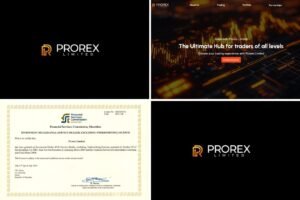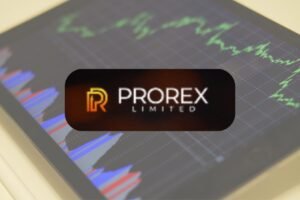Myth-Busting Tokenized Real World Assets: What They Really Are and Why It Matters
Myth #1: “Tokenized Assets? That’s Just Crypto Hype.”
Let’s set the record straight. A real world asset (RWA) isn’t some abstract digital concept. It’s real — like a condo in Manhattan, a bar of gold, a painting by Basquiat, or even a bottle of ultra-rare scotch.
Tokenization simply means turning ownership of that physical thing into a digital token on the blockchain. This isn’t about speculative meme coins. It’s about using blockchain tech to make real stuff more accessible, tradable, and efficient.
And no — it’s not just a niche Web3 obsession anymore. Banks, asset managers, and even governments are seriously exploring this space.
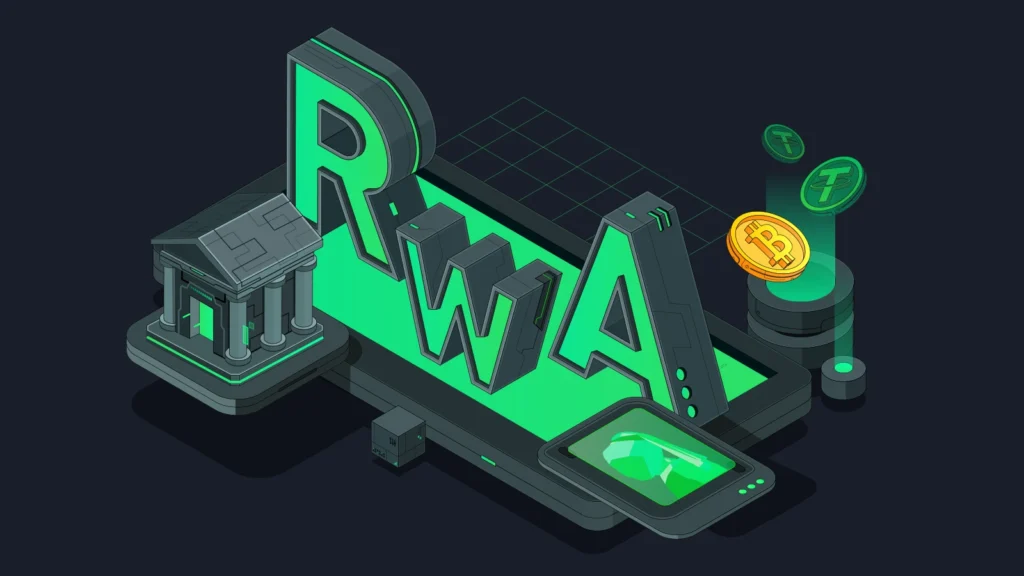
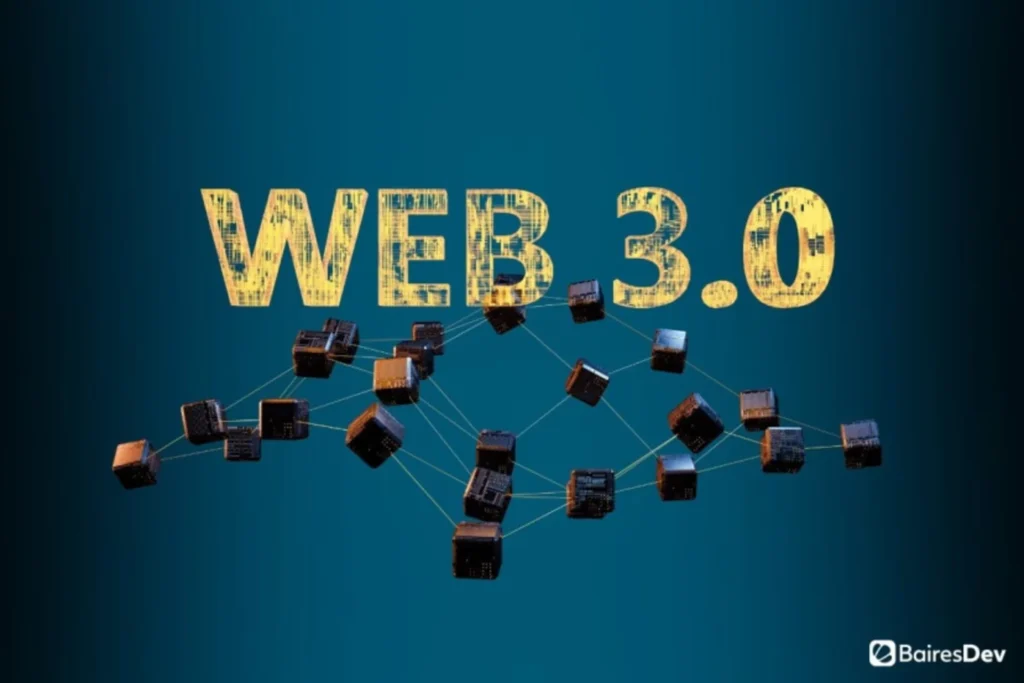
Myth #2: “Real World Asset Tokenization Is Too Complicated for Regular People”
Actually, it might be more accessible than traditional investing.
Here’s how it could work: imagine a $500,000 rental property. Instead of buying the whole thing (which most people can’t afford), the owner splits it into 100,000 tokens. Now, investors can buy a slice — say, 0.5% or even 0.1% — just like buying shares in a company.
These tokens live on the blockchain, which means fast transactions, transparent records, and fewer middlemen. If anything, it’s simpler than navigating legacy real estate paperwork and banking delays.


Myth #3: “Real World Asset Tokenization Only Works for Real Estate”
Not true. While real estate is the poster child for tokenization, the list goes far beyond buildings:
- Easier to tokenize: real estate, gold, fine art
- Harder but possible: vintage cars, collectible wine, music royalties
The rule? If it has value and ownership can be clearly defined, it can be tokenized. The challenge lies in legal structure, asset custody, and valuation — but the tech can handle it.


Myth #4: “Real World Asset Tokenization Isn’t Regulated”
Well, this one’s a half-truth.
Regulations are still catching up, and they vary widely across countries. Some governments are experimenting (like Singapore and the UAE), while others are cautious. The result? A patchwork of legal frameworks.
That said, institutions are lobbying hard for clarity. The assumption is that the rules will come — it’s just a matter of time.
Until then, tokenized platforms will need to be super transparent about how they operate and what investor protections they offer.
Myth #5: “Tokenization Solves Everything.”
Definitely not. Tokenization offers huge potential — but it’s not magic.
Yes, it can improve liquidity, open access, and boost transparency. But challenges remain:
- Who holds the physical asset behind the token?
- What happens if the platform goes offline?
- How do you handle disputes or scams?
- What if markets are flooded with low-quality tokens?
Tokenization is a tool — not a silver bullet. It needs strong legal backing, smart governance, and educated users.
Myth #6: “Traditional Investing Is Safer.”
That’s up for debate.
Traditional investing involves banks, brokers, paperwork, and sometimes weeks of waiting. Tokenized investing? Faster, cheaper, and available 24/7. You don’t need a banker. You just need a wallet.
But… speed can be a double-edged sword. With easier access comes the risk of jumping in without understanding what you’re buying. That’s why education and responsible platforms are essential.
So, Where’s This All Going?
Big institutions aren’t just curious anymore — they’re acting:
- BlackRock is dipping into tokenized funds
- JPMorgan is experimenting with tokenized collateral
- Government pilots are launching around tokenized bonds and digital securities
It’s still early, but momentum is building. Tokenized real world assets could very well become the norm in how we invest, trade, and even borrow — but only if the legal, technical, and trust issues get solved.
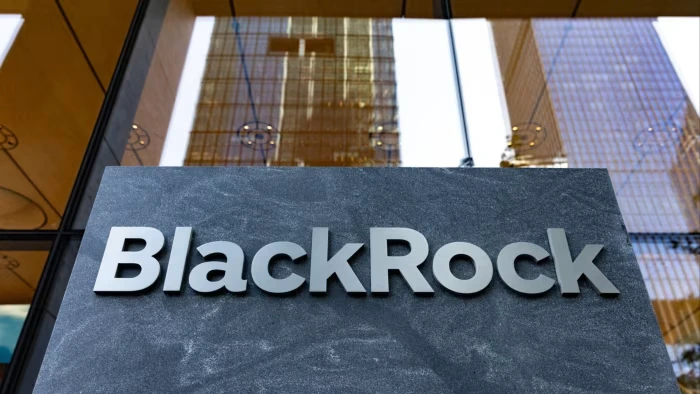

Final Myth: “This Is Just a Trend.”
Nope — this might be a paradigm shift.
Real world asset tokenization isn’t a passing fad. It’s a foundational shift in how ownership could work in a digital-first world.
So whether you’re an investor, a builder, or just crypto-curious — understanding tokenized RWAs isn’t optional anymore. It might be your next smart move.
Relevant Link : Here



